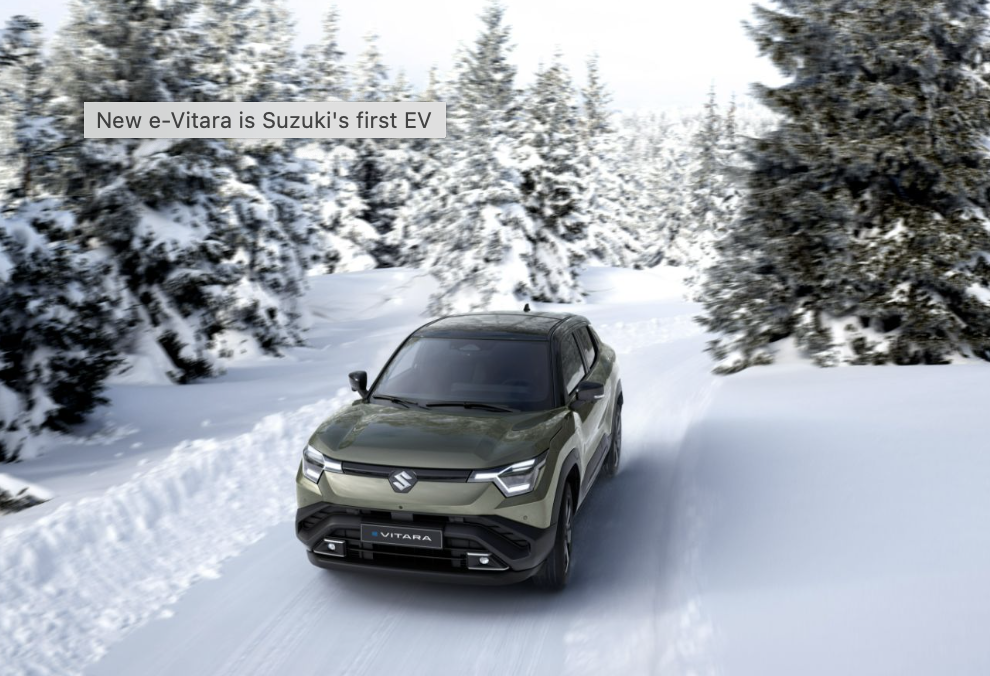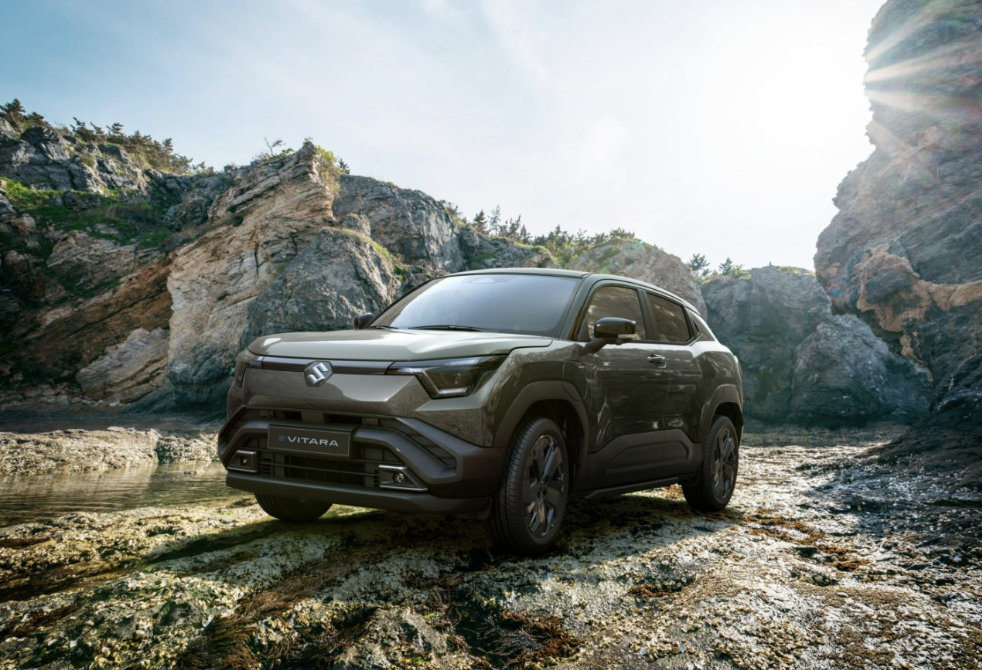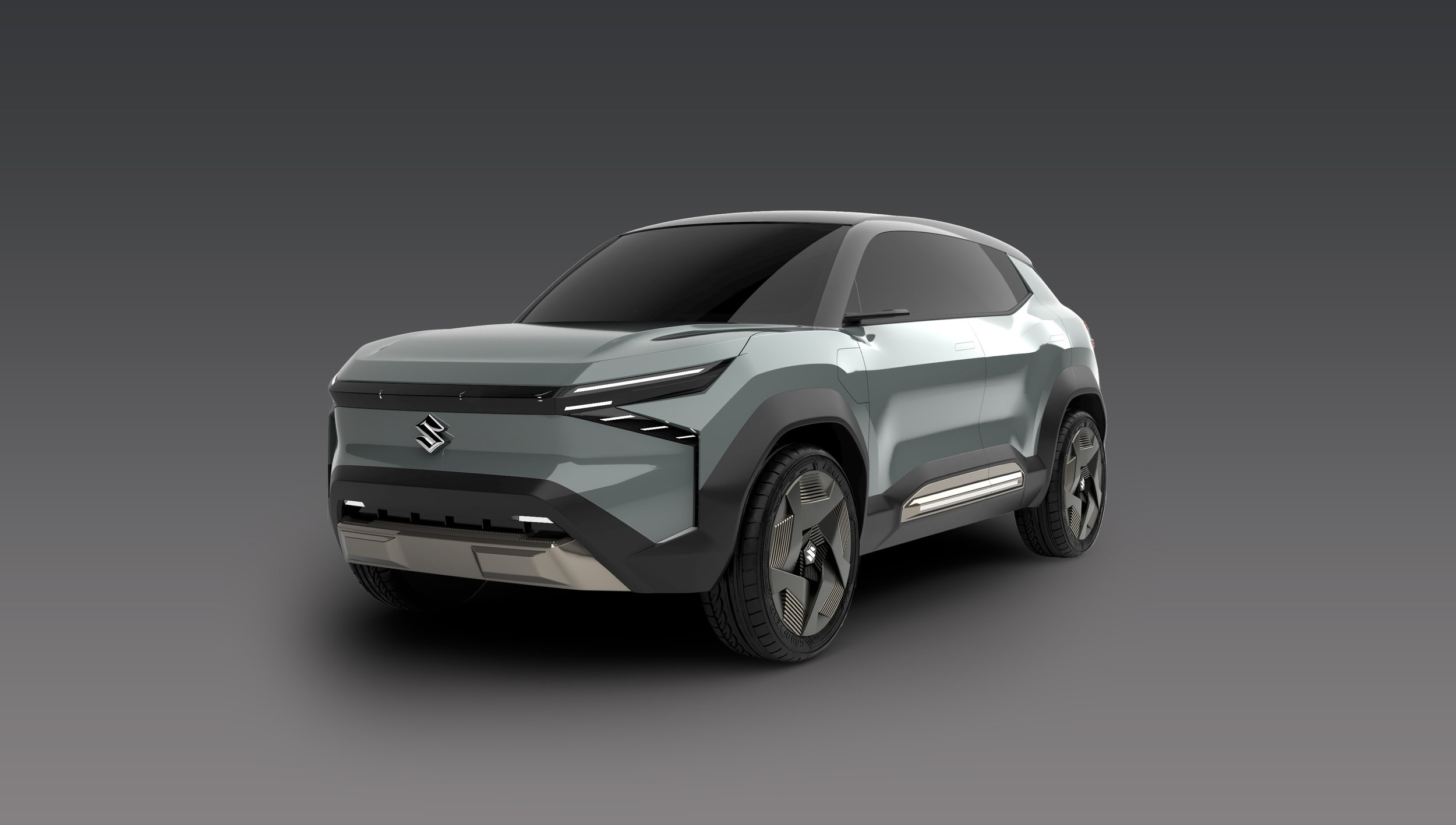Suzuki NZ confirms e-Vitara a starter
/Compact battery-reliant SUV adopts old name but signals a wholly new approach.
NEW Zealand is among markets set to take Suzuki’s first fully electric model, the e-Vitara, that finally unveiled overnight, but when it will avail has yet to be determined.
Whanganui-based Suzuki New Zealand today confirmed its firm interest in the model, which revealed in Italy and is built in India, the make’s largest market.
“At this stage we are intending to release the e-Vitara into New Zealand. The timing is still to be confirmed but it is expected to be over 12 months away,” chief executive Gary Collins said.
The car’s announcement comes at time when the electric car market is in a huge slump, no longer achieves rebates and is targeted by Road User Charges.
Revision to legislation requiring car distributors to lower their CO2 imprint implemented by the National-led coalition also eases some stress, though the general imperative remains in place, so having an EV in the ranks remains favourable for any mainstream new vehicle brand. Under the original rules, Suzuki was facing huge penalties as requirement based on achieving percentage improvement in CO2 counts.
The e-Vitara is the end result of an EV project that has lasted years - as is, Suzuki still stands as one of the last mainstream global brands to show off an electric.
While the car carries over one of its longest-lived nameplates, dating back to the early 1980s, the e-Vitara has very little in common with the petrol and petrol-electric Vitara on sale to Kiwis.
The EV is based on a new flexible architecture called Heartect-e, which has been designed especially for electric models.
The car comes with a choice of two battery packs - 49kWh and 61kWh - with the larger pack being available with optional ‘AllGrip-e’ four-wheel drive reliant on electric motors.
The entry-level model will get the 49kWh battery along with a single 106kW electric motor driving the front wheels. The 61kWh will also be available with front-wheel drive, featuring a 128kW motor, while the four-wheel drive has a combined power of 135kW.
Suzuki hasn’t issued any official range claims but has said that it’s expecting to squeeze 400km out of the 49kWh battery. Conceivably, then, the 61kWh version should be able to manage something like 480km on one charge. Suzuki favours a lithium-iron phosphate battery chemistry on grounds it makes for a more robust battery pack.
The e-Vitara draws its styling from an eVX concept car (above) shown last year. Commentators say the interior - which gets a distinctive two-spoke steering wheel, a large landscape-style touchscreen, and chunky upright air vents - is a higher-quality environment than Suzuki usually provisions.
The AllGrip-e model can individually brake each wheel, as well as shuffling power from one wheel to another.
Suzuki says the Heartect-e structure is said to provide both robust protection for the battery pack, while at the same time taking away much of the normal under-floor structure so that the biggest possible battery pack can be fitted without encroaching on passenger space.
Toshiro Suzuki, the company’s president, says as important as e-Vitara is, Suzuki would pursue a number of different low-carbon solutions to suit each of the markets in which it sells cars:
“In order to realise a carbon-neutral society, we will provide a variety of options, including EVs, hybrid vehicles, and CNG vehicles, tailored to specific regions.
“Introduction of the e-Vitara represents a significant milestone in achieving carbon neutrality,” he said at a unveiling in Milan.
“Following the launch of the e-Vitara, we will continue to expand our EV line-up and propose mobility solutions tailored to the needs of specific countries and regions.”





















